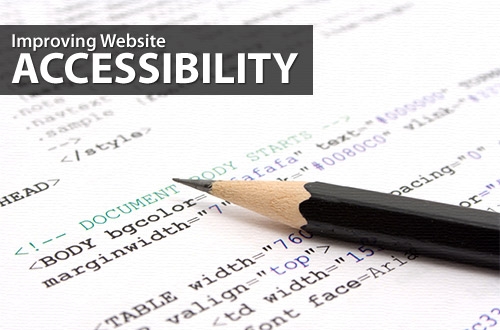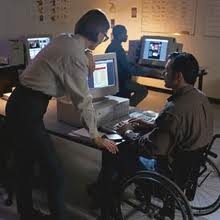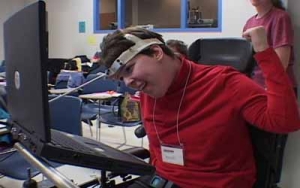
Affordable Ideas To Show You Care For Those With Cognitive Differences
When it comes to creating a website, most people focus on the design and the content. They decide the color scheme, the theme, the layout, the content for every web page and the functionality they want it to have. What most people fail to consider is the need of making their website accessible to individuals with cognitive differences.
Having an accessible website is extremely beneficial for your business. Not only does it show that your company cares and places you in a positive light, but it can also help your website earn more traffic, as you’re opening your website up to a larger audience.
Making your website accessible does not have to be an expensive feat. There are plenty of ways you can create an accessible website without breaking the bank, and the following are affordable ideas you can implement today.
Use Descriptive Links
Most websites use generic links on their websites, such as “read more” or “click here”. While these get the point across, they don’t make your website accessible. Many individuals with cognitive differences use programs and software that read websites aloud to them. These programs put an emphasis on reading the links, and if you use generic terms like “read more” or “click here”, the individual will not know what they’re reading more about or what they’re clicking here for.
 Instead, it’s very important that you change the links on your site to be more descriptive. Instead of “click here”, tell your audience exactly what they’ll receive if they click here, such as “click here for more information on rowboats”. This way, when these programs read the links aloud, they will specifically say where the link will take the user, and this is extremely beneficial.
Instead, it’s very important that you change the links on your site to be more descriptive. Instead of “click here”, tell your audience exactly what they’ll receive if they click here, such as “click here for more information on rowboats”. This way, when these programs read the links aloud, they will specifically say where the link will take the user, and this is extremely beneficial.
Along with these call-to-action links, it’s very important that general links in your content are also descriptive. For example, if you’re going to link a keyword to another website, you should consider linking a long-tail keyword or longer keyword phrase. This way, when the programs call out the links, they will be more descriptive and informative than one or two generic words.
Provide Alternative Text
If your website contains images, videos or plugins, it’s very important that you add alternative text to these items. This way, if your user cannot use or access these features, they can still learn about what’s on the website. Like links, you want to be sure that the content you supply in the alternative text is descriptive and informative. If the alternative text is generic or doesn’t make sense, it’s not going to benefit your audience or help make your site accessible.
Be Mindful of Color
You put a lot of time and effort into determining the color scheme of your website, but it’s important that you choose your colors carefully. Color blindness effects many people across the world, and if your website uses colors that are commonly hard for color blind individuals to see, you’re not making your site accessible. Try to stay away from reds and greens, as red and green color blindness is the most common form of the illness. You may also want to limit the amount of blues and yellows too, as these are another set of common colors color blind individuals cannot see.
Ensure Your Website is Keyboard Accessible
Many individuals with cognitive differences cannot use a mouse and instead rely on other methods to navigate through websites.
 Because of this, it’s very important that you ensure your website is keyboard accessible. This is something that can be done through your website’s CSS system. Your web programmer may need to make your website keyboard accessible, but it’s very important that you do so in order to reach a wider audience.
Because of this, it’s very important that you ensure your website is keyboard accessible. This is something that can be done through your website’s CSS system. Your web programmer may need to make your website keyboard accessible, but it’s very important that you do so in order to reach a wider audience.
Use Closed Captioning and Transcripts for Multimedia
Multimedia, including videos and images, are found on almost every website, and while they’re attractive and provide information more easily, they’re problematic for individuals with cognitive differences. Individuals with hearing problems will not be able to hear the audio on your multimedia files, and individuals with vision problems will not be able to see your multimedia files. Because of this, you want to make sure that you add closed captioning and provide professional transcriptions of your audio files on your website as well.
Closed captioning will allow individuals with hearing disabilities to still understand what’s occurring in your multimedia files. Instead of hearing what’s being said, they’ll be able to read what’s being said on their computer screen.
For individuals with vision problems, providing professional transcriptions of your multimedia files on your website allows them to still know what’s happening because their reading program or software will be able to read the text from the transcripts aloud to them. To be most effective, you should consider using a professional transcription service to provide you with your transcript in HTML format. This way, you can simply place the transcript onto your website without spending too much time or effort.
Author Hannah Radaker works for a non-profit organization that helps individuals with diabilities learn skills and secure employment.

